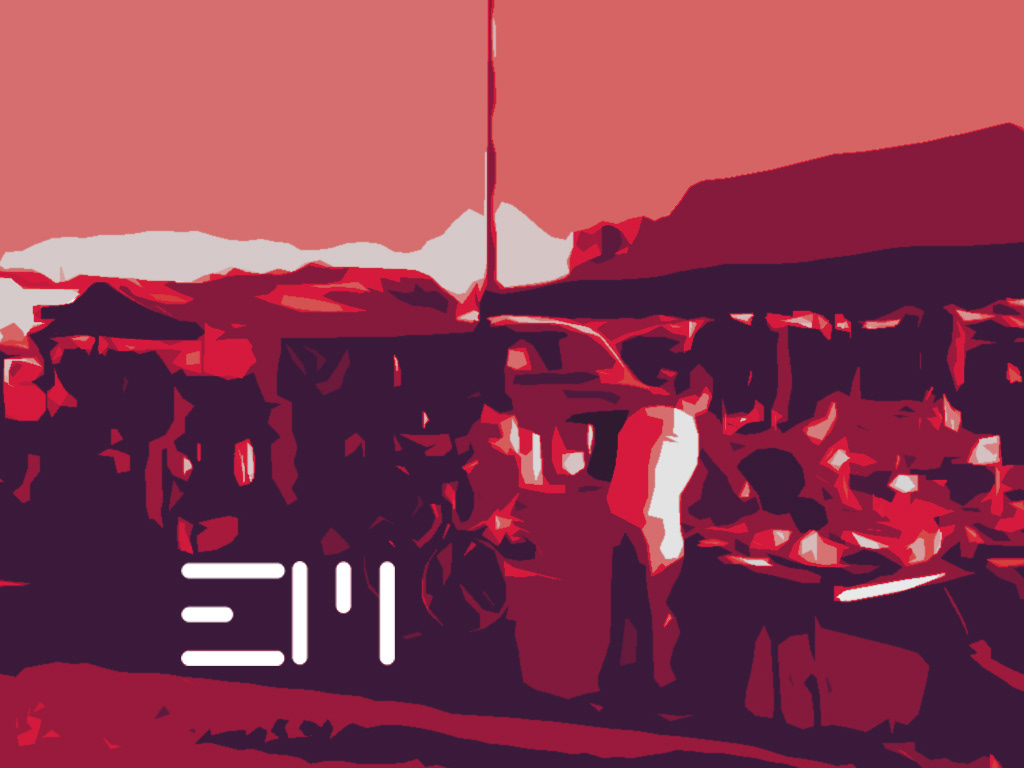For Digital Driver Interaction Project for ZEEKR
May 2022 - Nov 2022
The goal:
To create a vision for the driver interaction product, strategy and a product roadmap.
The team:
- A cross-functional team of 12:
3 designers + 6 developers + 2 project managers + 1 scrum master
My Roles & Responsibilities
Development
Workshop for clarity
During the development process, there was a time when the teammates, including the managers and myself, were having a lack of clarity on what we are trying to achieve. What are our objectives and end goals?
I was able to take a step back and raise my concerns with the team, only to find out that everyone shared my concern. I led a workshop to give everyone a platform to raise their questions, thoughts and suggestions on moving forward.
After collecting and grouping all the thoughts we could analyze the reasons behind them.
The conclusion of the workshop was to create a vision and build a product roadmap to achieve the vision.
Vision
The innovative product we have has multiple features. From the workshop it was understood that we focus on one of those features. It was also clear that even the development of this feature needs to be stage-wise.
Defining the development of a product
It was important for us to define the approach for developing the UX of our product. For that, it is necessary to define what UX are we trying to achieve. Defining a product UX in terms of Aarron Walter's hierarchy of user needs made the most sense to us.
The pyramid can be divided in to five segments. The bottom most level would be the 'Functionality', without which a product would not make sense to its users. The second layer is 'Reliability', for the product to perform as expected all the time. The layer above that, the third one is the 'Usability', for the users to learn, discover and utilize all the product features. Finally, the product should be 'Enjoyable' for the user, for them to use the product repeatedly and thereby personalise it. Only then we can say we achieved the user experience that we aimed for.
In a usual product development scenario, a team tends to take a waterfall approach. The product is divided in to its features. The most fundamental ones at the bottom and the ones that likely sound superficial go at the top. The development begins from the bottom and the features of the product are developed as shown in the picture below. From a purely technical development perspective, it might look natural. But from a UX perspective we are not attaining much.
Instead of dividing the product in to its features horizontally, I thought of dividing it vertically as shown below. The interesting outcome of dividing like this is that when we are developing a feature, it will be complete in its truest sense- from technical and UX stand points. That single feature would be functional, reliable, usable as well as enjoyable.
Now that we have a consensus on what a Product Feature should contain, it was important for us to define how to achieve it.
Sequential Back-Casting
For this, I worked closely with the Product Manager to develop a Feature Roadmap. We started by defining how this feature should be in its final stage and in what year we need to have it released. Then from there, we did a Backcasting to where we are today.
We split our feature development into 4 stages, where each stage attains either a UX aspect or a Technical aspect, or both.
A Development Module
We further divided each stage into Development Modules as well. We identified what the Functional, Reliable, Usable, and Enjoyable components of each Module are. This was done both from a UX and Technical perspective.
A Development Module
It was soon understood that sometimes it may not be possible for every Module to have a substantial increment in UX and Technical aspects together. For a better UX, a well-functioning technical platform is also necessary and the development of tech may take some more time. Therefore, a Stage can have two Development Modules, which majorly focus on either Tech development or UX development.











